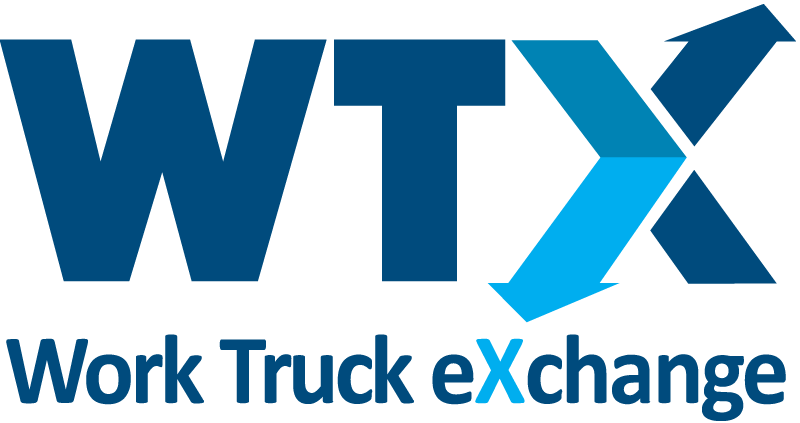Discover how today's fleet managers are turning high buyer intent into a strategic advantage for resilience, efficiency, and a greener tomorrow in the commercial vehicle sector.
Top Trends Shaping the Future of Work Truck Fleets
Discover the top trends transforming work truck fleets in 2023, from electric vehicles to advanced safety features. Learn how these innovations are shaping the future of fleet management.

